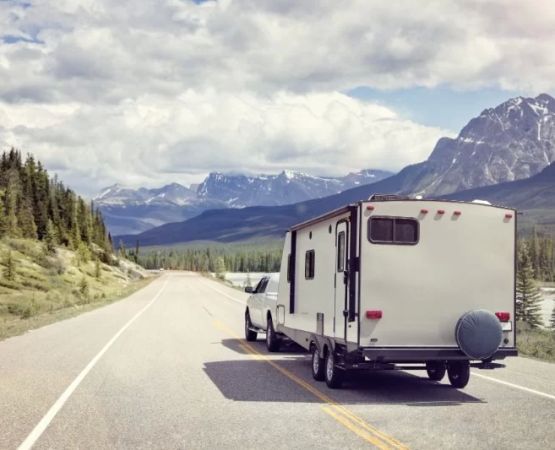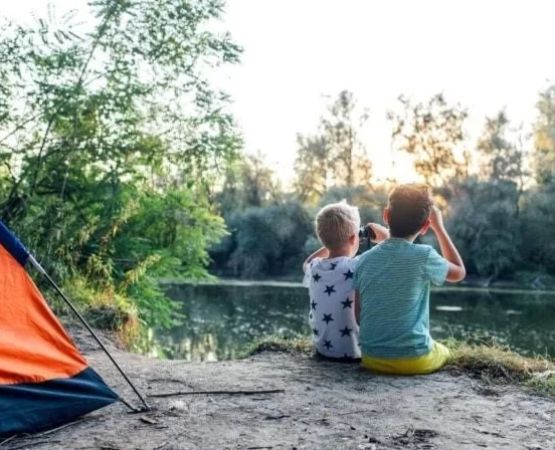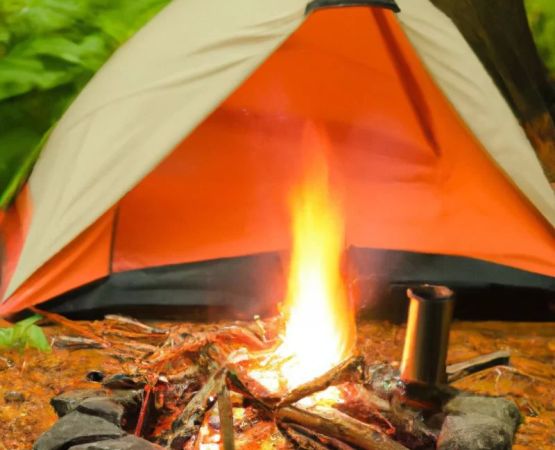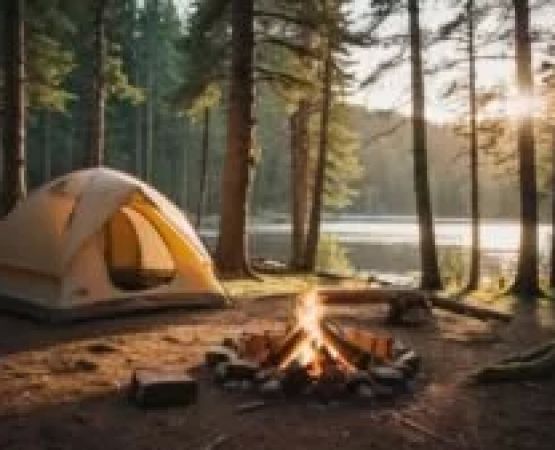How to Camp Sustainably and Minimize Your Environmental Footprint
Camping has always been a great way to connect with nature, but with the increasing pressure on our environment, it’s more important than ever to camp sustainably. Over the years, I’ve learned a lot about how to minimize my impact while still enjoying the great outdoors. In this guide, I’ll share some of the most effective tips for eco-friendly camping that I’ve picked up along the way. Whether you’re a seasoned camper or new to the experience, these tips can help you enjoy nature while preserving it for future generations.
1. Choose Eco-Friendly Campsites
The first step in sustainable camping is choosing the right campsite. Opt for campsites that have been designed with environmental protection in mind. Many national parks and eco-resorts, like Pine Cliff Resort, focus on minimizing the environmental impact of visitors while providing a fantastic camping experience. These locations often feature facilities that promote sustainability, such as composting toilets, recycling stations, and waste-reduction strategies. If you're camping in the wild, make sure to follow Leave No Trace principles to avoid damaging natural habitats.
2. Pack Light and Plan Smart
One of the easiest ways to reduce your environmental impact is to pack light. By bringing only the essentials, you’ll not only reduce the strain on your body but also cut down on waste. Think about the gear you bring – lightweight tents, sleeping bags, and cooking equipment are all great choices. Avoid plastic single-use items and opt for reusable options, like a durable water bottle, a refillable coffee mug, and reusable utensils. Also, remember to plan your meals to minimize food waste. Pre-packaged snacks are often full of plastic, so try bringing homemade alternatives that can be stored in reusable bags.
3. Minimize Waste with Responsible Practices
One of the biggest challenges when camping is managing waste. I’ve been on camping trips where waste management was an afterthought, but that can lead to environmental damage. Always clean up after yourself and make sure to dispose of waste properly. This includes packing out all trash, even if it wasn’t yours, and avoiding littering, no matter how small the item. If your campsite doesn’t have recycling bins, bring along a bag to collect recyclables until you can dispose of them properly. For food waste, composting is a great option, but be sure to check local guidelines to ensure you’re doing it correctly.
4. Respect Wildlife and Plant Life
While camping, it’s easy to get caught up in the beauty of the surroundings, but it’s crucial to remember that we share the outdoors with many other creatures. Keep a safe distance from wildlife, and never feed animals. Feeding wildlife not only harms the animals by altering their natural diet, but it also attracts them to campsites, which can create safety risks. Additionally, be mindful of the plants around you. Avoid picking flowers or disturbing sensitive plant life. Stick to established trails to minimize the impact of your footsteps on delicate ecosystems.
5. Practice Water Conservation
Water is one of the most precious resources, especially when camping in remote areas. I’ve learned that even small actions, like using water-efficient devices, can make a huge difference. When washing dishes or brushing your teeth, try to do it away from natural water sources like lakes or rivers to avoid contamination. Use biodegradable soap, but always practice the “100-foot rule,” meaning that you should wash your dishes or bath at least 100 feet away from any water source. This helps protect local water ecosystems from harmful chemicals and pollutants.
6. Use Renewable Energy Sources
While camping, it’s easy to become reliant on energy-hungry devices. However, I’ve found that using solar-powered gadgets or rechargeable battery packs can help reduce my reliance on traditional energy sources. Solar-powered lanterns, chargers, and even small stoves are great options for an eco-friendly camping experience. Not only do they reduce the need for disposable batteries or gas-powered generators, but they also have minimal environmental impact. If you're planning to use a campfire, make sure to use it responsibly, keeping it contained and only burning natural materials like wood that hasn’t been treated with chemicals.
7. Support Sustainable Brands
As I’ve camped more and become more mindful of my environmental impact, I’ve also started to focus on supporting brands that prioritize sustainability. From tents made with recycled materials to sleeping bags that are produced in environmentally-friendly ways, there are countless eco-conscious brands available. When shopping for camping gear, look for products that are durable and repairable, as these items tend to have a longer lifespan and result in less waste. Additionally, support brands that are committed to offsetting their carbon emissions and engaging in other sustainable practices.
8. Leave No Trace
One of the most important principles I’ve come to embrace in my camping adventures is the Leave No Trace (LNT) philosophy. This approach encourages us to minimize our impact on the environment by following seven simple guidelines: plan ahead and prepare, travel and camp on durable surfaces, dispose of waste properly, leave what you find, minimize campfire impact, respect wildlife, and be considerate of other visitors. By following these principles, I ensure that I leave nature as beautiful as I found it, preserving it for future generations.
9. Be Mindful of Your Carbon Footprint
Finally, when planning a camping trip, consider the carbon footprint of your journey. Travel is often one of the most significant contributors to environmental impact, so consider options like carpooling or taking public transportation to get to your campsite. If you're traveling by car, make sure your vehicle is properly maintained to reduce emissions. If you're heading to a campsite further away, consider the option of a more sustainable form of transportation, such as biking or taking a train.
In conclusion, sustainable camping doesn’t have to be difficult or complicated. By implementing a few simple practices, we can all enjoy the outdoors while minimizing our impact on the environment. Next time you go camping, remember that it’s not just about having fun – it’s about preserving the beauty of nature for everyone to enjoy for years to come. Together, we can make a difference and help protect our planet, one camping trip at a time.







